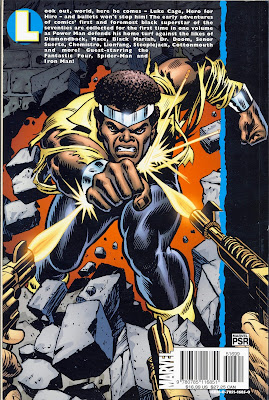Book Review: 'The Trial of Billy Jack', by Howard Liebling
3 / 5 Stars
It’s 1974 and the hippie movement of the 60s has fast dwindled to nostalgia. The remnants of the counterculture retreat to communes and group living, while everyone else sells out to the hedonism and self-absorption of the 70s (perhaps hosting a ‘key party’ like the one depicted in the movie ‘The Ice Storm’).
For the half-breed Billy Jack, his girlfriend Jean, and the groovy kids of the Freedom School in the rural southwest, things aren’t going well in their struggle against the Establishment. Billy is tried for the murder of a redneck townie (which took place in the previous movie ‘Billy Jack’, 1971) and sentenced to four years in prison.
In his absence Jean and the Freedom kids embark on a campaign to record and document acts of corruption by the town and state governments, whose elected officials are intent on closing down the school and driving all those troublesome hippies out of the state.
Jean and the kids also must confront acts of bigotry and malfeasance waged against the vulnerable Indians of the surrounding territory by the White Man. When Billy Jack is released on parole, it’s time for rejoicing, as the school’s mentor and hero is back on the scene with new words of wisdom, and assurance, gained from a Vision Quest in the surrounding desert.
However, the Men in Power aren’t going to let Billy’s return deter them from their plans. It’s only a matter of time before the rednecks and Billy have a series of confrontations…and however much Billy wants to renounce violence, he’s going to have to defend the School and its pupils if they are to have a future…
‘The Trial of Billy Jack’ is a novelization of the film’s script (written by its star and director, the actor Tom Laughlin, who first portrayed Billy in 1967’s ‘The Born Losers’). The book contains an insert of black and white stills from the film.
‘Trial’ was a big hit back when it was released. Laughlin’s outfit of a black, wide-brimmed hat with a Navajo band around the crown, and a cropped-length denim jacket, was the perfect uniform for a counterculture hero who took his shoes off (?!) before launching karate kicks at nonplussed rednecks.
The Freedom School kids of either gender all have shoulder-length hair parted in the middle, and washed daily with Herbal Shampoo. They sport bell-bottomed polyester trousers or jeans, and pursue 'mellow' pastimes such playing acoustic guitar and singing treacly folk tunes.
While the film’s plot may have wandered, it never strayed far from its theme of confrontation between the pure people – exemplified by Billy and his followers - and the loathsome Establishment bigots.
But I suspect contemporary audiences are going to find the film unimpressive. Too much camera time is devoted to the antics and speeches of the school kids, which will seem dated and downright corny to modern viewers. The action sequences are few and far between, and while the movie’s climactic battle is memorable and effective, the viewer is forced to sit through a lot of tedium before things start to come together script-wise.
This novelization is a good way to experience the Billy Jack scene without having to sit through the entire film in all its flawed glory.


















































































